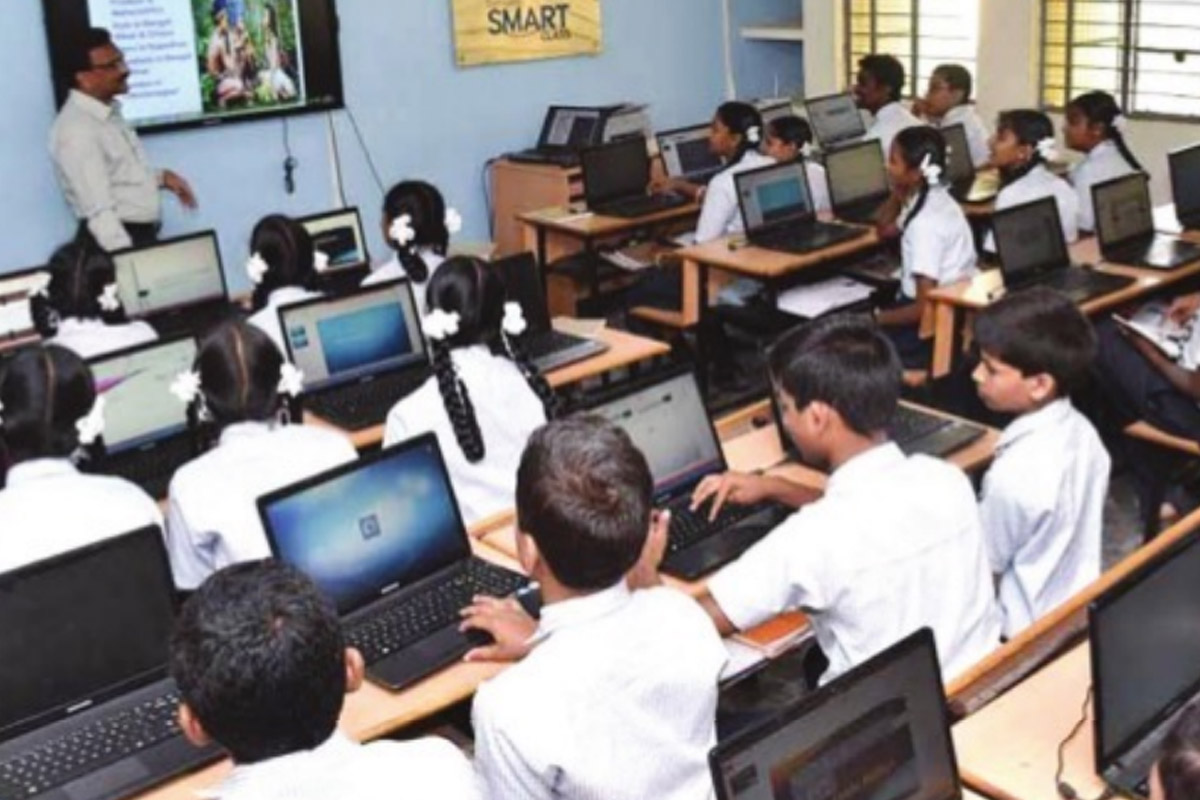Dronacharya Samman for top educators
Techno India Group hosted the Dronacharya Samman 2024, where they felicitated 500 outstanding educators across West Bengal for their contributions to school education.
We will be able to better prepare young generations for the future ahead when we find the correct balance between real-world interactions with skill development that technology enables.

PHOTO: STATESMAN NEWS SERVICE
Providing quality education in early childhood is a big challenge for governments and families since it requires a significant investment of resources.
Recent advances in neurology and child psychology have demonstrated that interventions during the period from birth till the age of five can be more effective than those later in life because at this stage the brain has the highest capacity for change.
In 2016, the World Health Organization revealed that more than 40 per cent of children in low and middle income countries will be unable to achieve their full development potential.
Advertisement
In order to bridge the gaps in access to early childhood development resources and allow future generations to develop to the best of their ability, it is increasingly important that we make the most out of the tools that are at our disposal. Smartphones, tablets and computers can have a profound positive impact on education and development in early years, as long as we respect screen time limits and offer high-quality content.
There is a wealth of research that supports the case for digital interventions in the early years. New technologies can offer interactive environments that facilitate the mastery of specific skills, the ability to provide personalised learning experiences, and the opportunity for more autonomy in a child’s academic growth.
Lisa Guernsey and Michael Levine emphasise the benefits of technology for literacy development in their book “Tap, Click, Read”.
The authors conclude that parents and educators can help to create a literacy-rich world that combines reading and digital media to bring knowledge, skills, and critical thinking to young kids. When it comes to language learning, certain internal research showed a 40 per cent increase in vocabulary retention with educational learning apps compared to the more common offline methods.
In another study, conducted recently, 71 per cent of children scored higher in motivation when playing with educational games on a tablet compared to when playing with offline materials like flashcards, worksheets and colouring books in their English classes.
However, it is crucial to point out that families and educators must choose high-quality programming if they are to experience and maximize the benefits that technology can bring in early childhood development.
We must ensure that the children are exposed to the right digital resources, that is, age-appropriate content and kid-safe environments. There is a lot of content that claims to be kid-friendly, but it is not. Parents and educators should seek out secure platforms with content that is designed and curated by real experts in early education and technology
When technology is not leveraged correctly it can have a negative effect on children, especially when used in excess. Digital resources should never be used at the expense of playing outside and real interaction with the world around us. Rather, they should be seen as a complement to traditional learning methods. We will be able to better prepare the young generations for the future ahead when we find the correct balance between real-world interactions with skill development that technology enables.
Advertisement